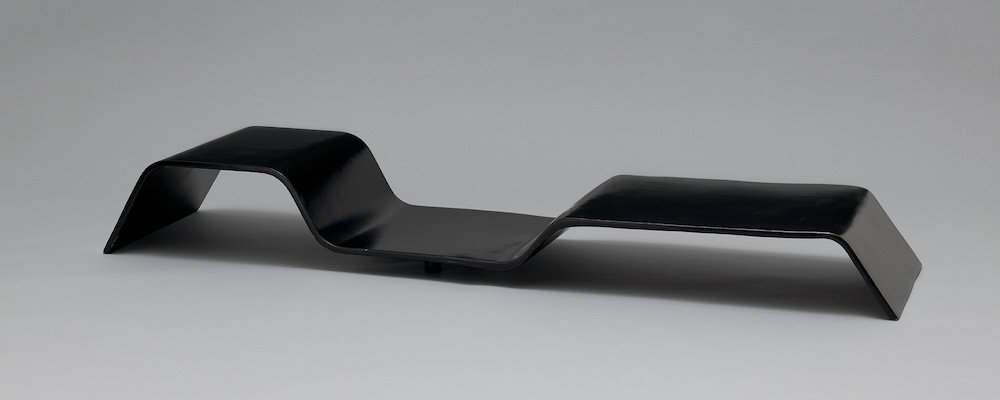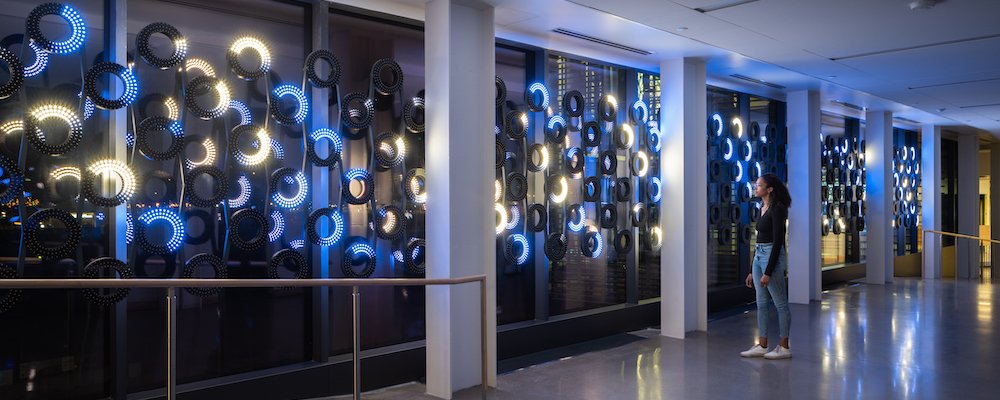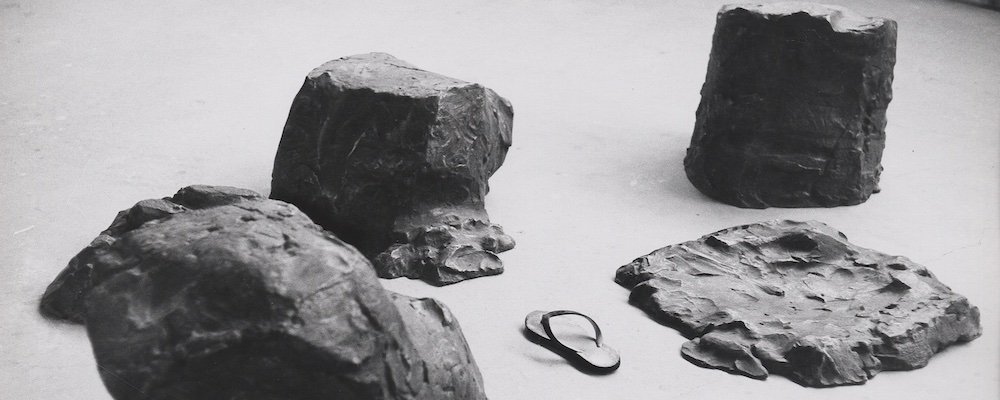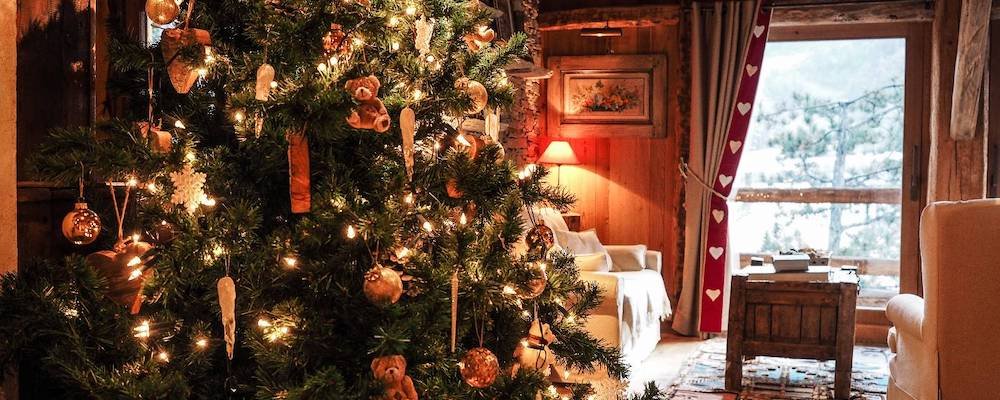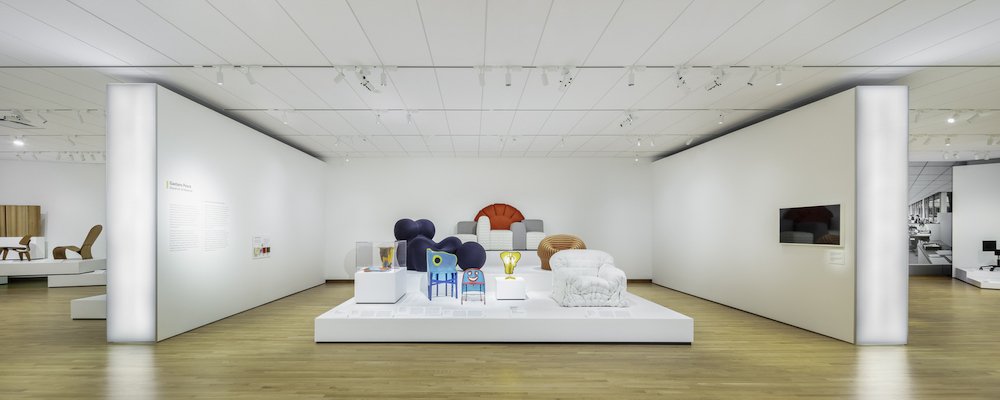Hillside Retreat in the San Juan Islands
On a remote site in the San Juan Islands (Washington), a small plateau high on top of a steeply-sloping hillside is the home of a personal retreat built by Hoedemaker Pfeiffer.
When the location is the source of inspiration. The natural calm, the serenity and the sweering views of Puget Sound was the initial brief given by the owner of the property to Hoedemaker Pfeiffer together with a personal souvenir of a wood home lost to fire decades earlier in the hills of Appalachia.
The design firm’s task was not to recreate it but rather to give its spirit new form in the Pacific Northwest. The team conceived of the project as a series of simple stone volumes growing naturally from their rocky surroundings. From that concept emerged a main house and a guest house, each responding to its own unique location on the site. Together they provide friends and family comfortable accommodation while offering a sanctuary for the owner at the main home.
The view opportunity on one side and the road on the other suggested a stone plinth and stone wall to form the base and rear of the house. A pair of thick stone walls with fireplaces rising together within the home’s interior enhance the concept, separating the main level into public and private realms and flanking a central stone staircase.
A light-filled wood structure perches atop the low stone base, creating a nuanced sense of enclosure. A simple shed roof covering the pavilion tips low in front to protect from the southern summer sun while offering prime real estate to a photovoltaic array above. Winter light in turn penetrates deep into the main living spaces through a wall of glass running continuously across the building’s south elevation.
Behind the wood pavilion and within the stone wall at the rear of the building are more utilitarian spaces. Protected by a smaller shed roof pitched in the opposite direction, the relative height difference between the wood pavilion and these secondary program elements allows consistent north light to flood into the primary living spaces via a series of clerestory windows, which also allow the release of warm air high on the leeward side of the structure.
The site for the guest house, while beautiful, came with significant challenges. The stair, comprised of a concrete base below large casement windows, emerges from the stone. It incorporates a wood screen around its perimeter to balance natural light with privacy. The main entry occurs at the high side of the property. It offers ease of access to the project’s public spaces through a simple, full-height opening cut into the stone volume’s north elevation. Extending the great room while cantilevering far above grade, it affords a view of Puget Sound that is as thrilling as it is beautiful.
The dining room, another element extending from the stone tower, was conceived as a three-sided glass object floating in a forest of trees. It presented multiple technical challenges. Floor-to-ceiling glass wraps the exterior with minimal interruption. Perhaps most challenging of all, though, was the need to preserve nearby trees. Without the trees the room’s purpose would be defeated. With that in mind the design team developed custom retaining walls capable of avoiding critical root zones, preserving trees located a few feet from the dining room envelope.
The lower level of the home plays host to its more private spaces. Two small bedrooms, a single shared bath, and modest utility spaces are all contained within the perimeter of the stone datum. At the exterior a concrete patio offers protected outdoor space below the dining room floating above. It provides a secondary entry as well as its own distinct view experience. Taken together the buildings provide two related but distinct ways of appreciating the beauty of this site.
Photographer: Kevin Scott.












